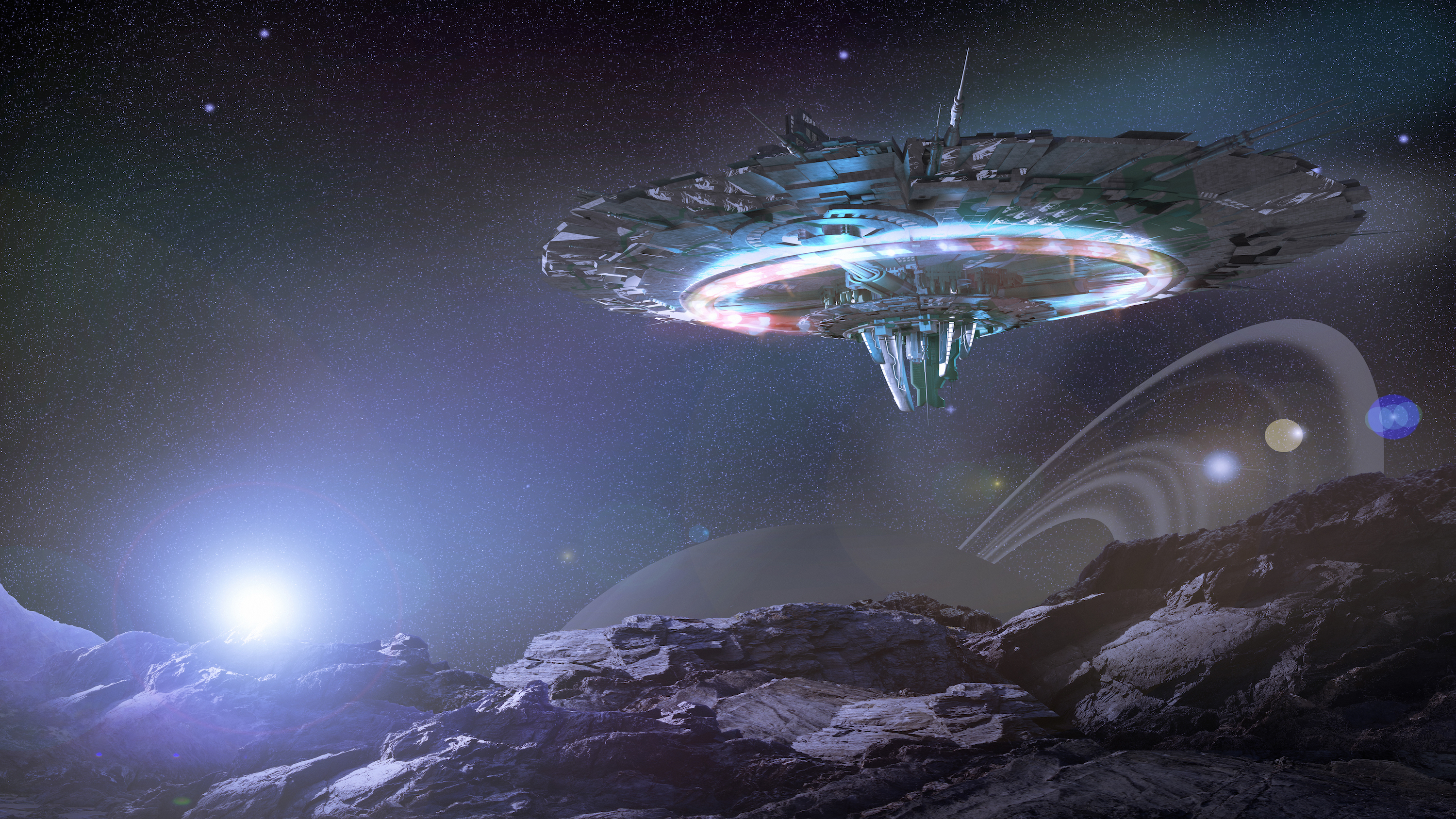Aliens beyond our solar system could be discovered within the next 25 years, a Swiss government scientist said.
Sasha Quanz, an astrophysicist at Switzerland’s federal technology institute ETH Zurich said that current technology such as the James Webb Space Telescope is not quite powerful enough to locate evidence of extraterrestrial life.
“In 1995, my colleague [and Noble Prize laureate] Didier Queloz discovered the first planet outside our solar system,” Quanz said during the briefing, according to Space.com.

The 25-year timeframe he set himself for finding life outside the solar system is ambitious but not “unrealistic,” according to Quanz who made the comments at the recent opening of the university’s new Center for the Origin and Prevalence of Life.
The James Webb telescope, which was not built expressly for viewing exoplanets but instead for seeing the universe’s oldest stars, recently released its first direct image of an exoplanet orbiting a distant star – the massive gas giant HIP 65426 b, a planet that’s 12 times the size of Jupiter.
Quanz explained that James Webb telescope, although the most powerful observatory ever put into space, is not quite powerful enough to be able to capture the much smaller, Earth-like planets that orbit close enough to their stars so that liquid water might exist.
However, there is reason for hope as new instruments are already being built with the sole purpose of filling this gap in the James Webb’s capabilities.
Quanz and his team are leading the development of the mid-infrared ELT imager and spectrograph (METIS), a unique, first-of-its-kind instrument that will be part of the Extremely Large Telescope (ELT).
The ground-based instrument is being been built by the European Southern Observatory in Chile, ELT, and once completed toward the end of this decade, will feature a 130-foot-wide mirror – making it the biggest optical telescope in the world.

Alien life in exoplanets
“The primary goal of the instrument is to take the first picture of a terrestrial planet, potentially similar to Earth, around one of the very nearest stars,” the astrophysicist said.
“But our long-term vision is to do that not only for a few stars but for dozens of stars, and to investigate the atmospheres of dozens of terrestrial exoplanets.”
“What we do not know is if these terrestrial planets have atmospheres and what these atmospheres are made of,” Quanz said, adding that many of these exoplanets could be capable of supporting life just like Earth.
NASA recently announced that it has added the 5,000th alien world to its Exoplanet Archive marking a big milestone for planetary science.
“The 5,000-plus planets found so far include small, rocky worlds like Earth, gas giants many times larger than Jupiter, and ‘hot Jupiters’ in scorchingly close orbits around their stars,” officials at NASA’s Jet Propulsion Laboratory (JPL) in Southern California said in a statement.
“There are ‘super-Earths,’ which are possible rocky worlds bigger than our own, and ‘mini-Neptunes,’ smaller versions of our system’s Neptune,” JPL officials added. “Add to the mix planets orbiting two stars at once and planets stubbornly orbiting the collapsed remnants of dead stars.”





